Chris Ryan Earthmoving – Exits the Quarry Industry

Chris Ryan, owner of Chris Ryan Earthmoving, explains why he decided to close his business down permanently in December just gone.
After celebrating more than 30 years in business, Chris Ryan Earthmoving has been forced to pull up stumps permanently “We’ve had to put off three workers and sell two trucks but ultimately we have really had enough of the red tape involved in starting a new pit or applying for a variation,” said Chris, Owner of Chris Ryan Earthmoving.
Chris started his family-run earthmoving business in 1989 in his hometown of Pyalong in central Victoria. He opened the family’s first granite sandpit back in 1990 and is now up to his sixth pitthe other five pits have been successfully rehabilitated (High Camp Road on the front cover) to farm grazing land. Although these pits have been successfully rehabilitated, there are still outstanding bonds that have not returned, due to red tape. Some of these bonds date back to more than 20 years.
This is in spite of the fact that the landowner, has confirmed that the gravel pit on this property that wasoperated by Chris Ryan Earthmoving for five to six years has successfully been rehabilitated and is now farmland used for grazing.

Chris Ryan Earthmoving was an inaugural Member of the CMPA back in 2000. We have been an active Member, involved in numerous training days and workshops over the years.
The CMPA has helped support my business through the development of guidelines / templates and their lobbying with regulators and government on critical issues on behalf of the extractive industry.
As testament to the quality of Chris Ryan Earthmoving’s product, their gravel is specified into tenders and their material is used in iconic landmarks including the botanical gardens walking tracks, Federation Square and Birrarung Marr.
In an effort to keep his business going, Chris has in recent times applied for a new pit and also a variation to his existing work authority, but both were unsuccessful as a result of the increasing amount of red tape and costs involved.
“VicRoads asked for access to the highway to be B double rated with 40m of frontage to the highway. Between Wallan and Echuca there are 75 roads that come into the Northern Highway and I don’t think there would be three that meet the standard that they would want me to do for our gravel pit. There are different rules for a shire road compared to a gravel pit,” said Chris.
In addition to the access road requirements, Chris would also have to navigate the unpredictable and constantly changing native vegetation requirements, prepare a land capability assessment, an assessment commonly used for assessing land for septic systems rather than gravel pits, and prepare an environmental management plan, duplicating most of the Work Plan – making starting a new quarry a very costly exercise.
Given the time and costs involved in establishing a new worksite, Chris decided to apply for a variation to the original pit.

“We applied to Mitchell Shire for a Secondary consent for a Work Plan variation [to extend the extraction limits] but that was rejected, even though it is still in our work authority area. They asked for a whole new planning permit which involved getting a new land capability assessment together with an environmental management plan, dust management plan, stormwater management plan, risk assessment and they also required us to maintain the shire road all the way back to the highway – that’s 3-4km of shire road that we would have to maintain,” he explained.
Despite the costly and exhaustive requirements, Chris started on the variation but as he was working on the variation, he was made aware of additional and unexpected cultural heritage obligations. “The quote for cultural heritage on the 2.3 hectares was $70,000 – so that was the real dealbreaker and we just had to say that enough is enough.”
Chris calculated that in addition to the approximate $55,000 that he has already spent on the process, it would cost at least another $100,000 to complete the application which is just not feasible given that the extraction area is only 2.3 hectares and the gravel is only 1.5m deep.
“Once you decide to dig a hole in the ground, you put a target on your back and every government department that can trip you up will have a crack at doing it – that’s the way it seems,” Chris explained.
“There is no common sense. If Earth Resources Regulation came and inspected our gravel pit, they will see that all the regulations are being met and they would have no issue, but they are so tied up in red tape that it makes it very difficult,” he said.



When asked about how the system could be improved, Chris raised an interesting point about the way things were done 20 years ago, compared with today.
“The permit system from 20 years ago used to work, unlike today’s which is too complicated and expensive. The way we remove our topsoil, the way we dig the gravel out, the way we screen it, the way we cart it out, nothing has changed in 30 years – just the red tape.”
“Looking back to 1990, it took three weeks to get our pit application through and it cost roughly $600. In 1995, regulations were updated slightly and it took 6 weeks to get a permit but today, we are looking at 6 years – making it a very time consuming and expensive exercise. A bit of common sense and practical thinking would go a long way from government departments, that’s what needs to happen,” he said.
According to Dr Elizabeth Gibson, from the CMPA, many other quarry owners are also in similar situations because it is simply not worth the risk and expense of trying to get approval for a variation.
“This leads to a supply and demand issue – as demand for product is growing at record rates, there will be supply issues in the coming months and years ahead unless something changes,” she said.
Elizabeth went on to highlight how accounting for a decrease of approximately 20% in quarries reporting production for 2020/21 (due to confusing changes in Earth Resources Regulation (ERR) reporting requirements) the approximate production is 68.53 million tonnes (based on the inclusion of 97 quarries reporting production of 0.05 million tonnes
in 2020/21) an increase of 6% on 2019/20 despite little immigration due to the COVID-19 pandemic.
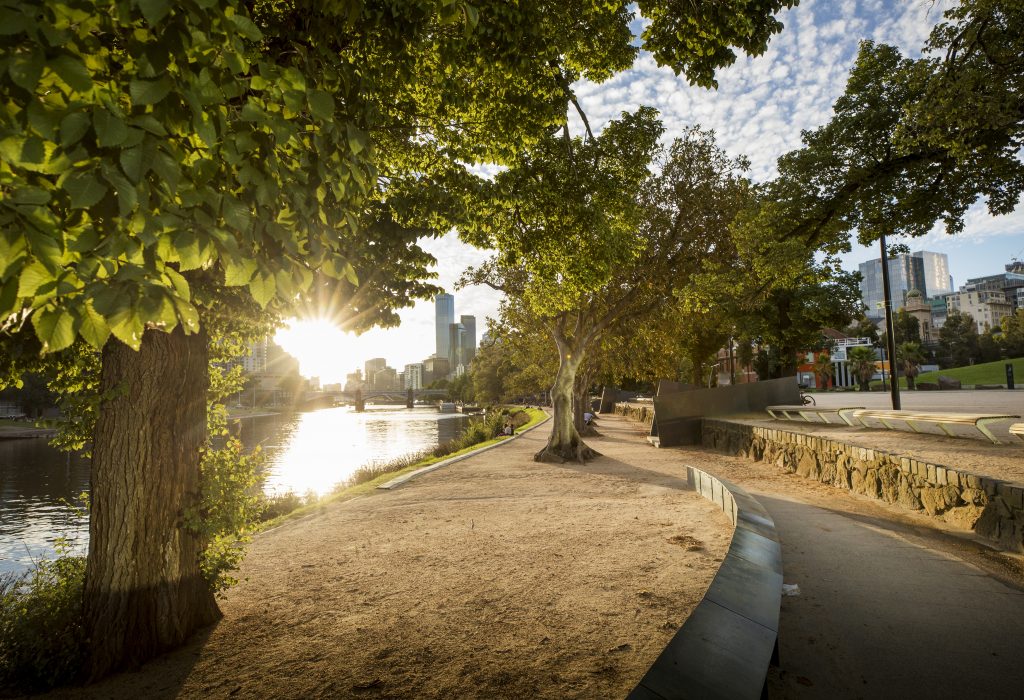


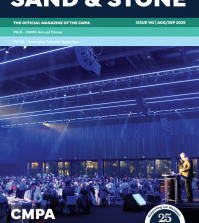
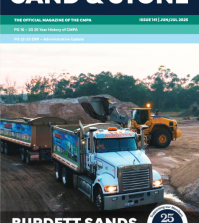
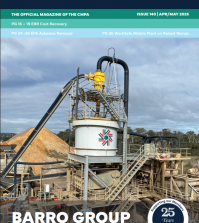
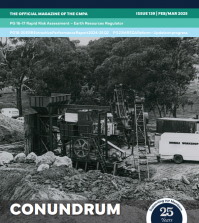








You must be logged in to post a comment Login